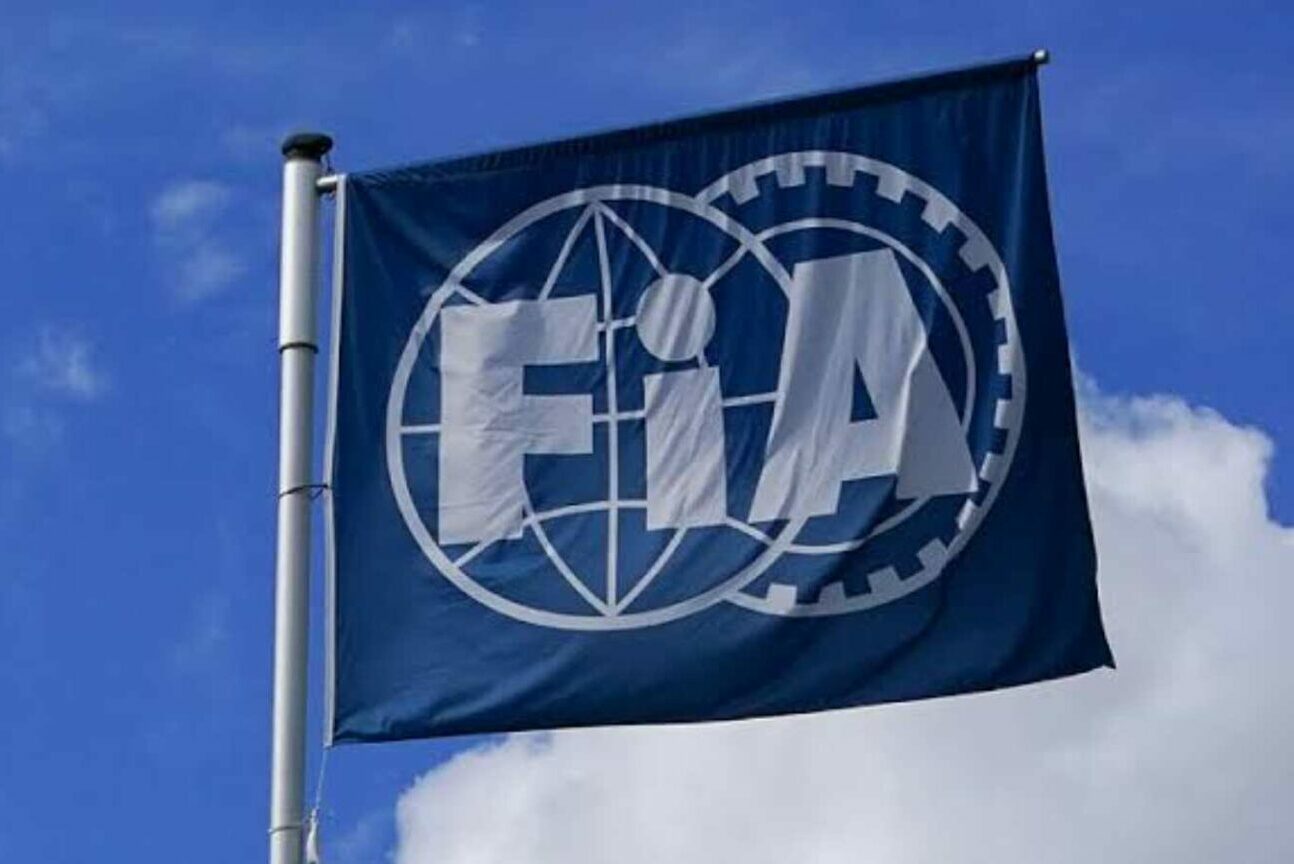What is Homologation?
Homologation is a crucial process in the world of motorsports, especially in race wear. Race wear is the clothing worn by drivers and pit crew members during races, which includes helmets, gloves, racing suits, shoes, and other protective gear. The homologation process ensures that race wear meets specific safety standards and regulations, which are essential to protect the driver and crew members from serious injuries in the event of an accident.
Homologation in race wear is an intensive and thorough process that involves several stages. First, manufacturers must design and produce the race wear according to the specific standards and regulations set by the governing body of the sport. For example, in Formula One, the FIA (Fédération Internationale de l’Automobile) sets the standards for race wear, and all manufacturers must comply with these standards to obtain homologation.
Once the race wear is designed and produced, it must undergo rigorous testing to ensure it meets the required safety standards. The testing process involves subjecting the race wear to various conditions, such as fire and impact tests, to simulate real-world racing accidents. The testing is conducted by independent testing agencies that are authorized by the governing body of the sport.
If the race wear passes the testing, it is granted homologation, which means it is approved for use in the sport. The homologation process is not a one-time event. Race wear must be re-homologated periodically to ensure that it continues to meet the required safety standards. The frequency of re-homologation depends on the governing body of the sport, and it can range from every two to five years.
Homologation is not only crucial for the safety of drivers and crew members but also for the credibility and integrity of the sport. The governing bodies of the sport have a responsibility to ensure that all equipment used in the sport meets specific safety standards and regulations. Homologation helps to maintain the standards and regulations set by the governing body and ensures that all participants have a fair and equal opportunity to compete.
The Dates
Homologation has been made mandatory for all competitors in the higher echelons of the sport and was brought into force for the following championships below, albeit some have already been applied.
- From 2019: Mandatory for FIA Formula E
- From 1st Jan 2020: Mandatory for F1 and WRC RC1 Crews
- From 2020: Mandatory in FIA WEC (2020/21 Season)
- From 1st Jan 2021: Mandatory in FIA Formula 2, FIA World RX, FIA Euro RX, FIA Cross Country, Extreme E
- From 1st Jan 2022: Mandatory in World Rally Championship events in all categories from Rally 1 to Rally 4
- From 1st Jan 2029: Mandatory for all competitors in FIA sanctioned events.
From a UK national competitors’ point of view, from 1st January 2029, your current racewear homologated to FIA 8856-2000 standard will no longer be valid for use, however, it is still eligible for a number of years.
As of now you can still buy and have many years of use with the current FIA 8856-2000 racewear. Check out our countdown timer below to the experation date

Ever wondered what homologation looks like? Check out the latest from our #FIAInsights and dive into the nitty-gritty of this all-important process.
Conclusion
Homologation in race wear is an essential process that ensures the safety of drivers and crew members in motorsports. The process involves designing and producing race wear according to specific standards and regulations, subjecting the race wear to rigorous testing, and obtaining homologation from the governing body of the sport. Homologation is not only necessary for safety but also for the credibility and integrity of the sport.
Please note that GPR does not own the copyright to the images used in this blog. As copyright is unknown, we have not been able to seek permission to use them, and will remove immediately any infringing content upon request.


